Autumnal kaleidoscopes
Read MoreExhibition: Rest & its discontents
Rest matters to everyone. Its presence, absence and quality affects mind, body, culture and society. Rest & its discontents explores the dynamics of rest, stress, relaxation, sound, noise, work and mindwandering in an evolving laboratory of moving image, performance, drawing, poetry, data, sound, music and debate. Rest & its discontents is currently on at the Mile End Art Pavilion until the 30th October (http://hubbubresearch.org/event/rest-discontents/).
Experience Composite (excerpt)
https://www.youtube.com/watch?v=uebzjAe1FL0
Commissioned for Rest & its discontents.
The short film is the final piece I've produced as part of my 2-year residency within the Wellcome Collection's Hubbub Group.
The film uses material gathered from individuals participating in Descriptive Experience Sampling (DES) to generate short vignettes which explore and re-interpret their inner experiences. DES is a method pioneered by US psychologist Russell Hurlburt which aims to document the nature and quality of an individual's inner experiences.
Participants are given a beeper that sounds randomly throughout the day and when it does, individuals are asked to make a note of the contents of their experience. Follow up interviews tease out the detail of each experience to produce a short "beep summary", a short vignette or snapshot of an isolated experience in time.
Experience Composite, uses the the contents of the beep summaries and experiments with framing, looping and over-dubbing to explore the nature of our inner experiences. The film also re-interprets the summaries in playful ways to highlight the unavoidable distortion and artifice introduced when attempting to document or conceptualise our inner experiences.
VIDEO: Friday - Dispatches from Margate
Seaside symmetry
Read MoreVIDEO: Thursday - Dispatches from Margate
Interior textures.
Read MoreVIDEO: Tuesday - Dispatches from Margate
I'm currently in Margate on a week long artist residency (PRAH Foundation) producing work that is responsive to the local area. I'll be focusing on both video and audio outputs and as part of the project I've tasked myself with the grand challenge of producing (and publishing!) something each day...
Here's Tuesday's effort:
https://www.youtube.com/watch?v=sZxrEPbQgUA
On my first day, I spent a couple of hours walking around the waterfront with my camera and was particularly drawn to the dull tones of the Arlington House tower block. This drab, monolithic structure looms, rather oppressively, over the recently refurbished Dreamland fun park below (hoping to pay that a visit later in the week).
The colours from this scene influenced the overall grading of the piece, producing a rather muted colour profile throughout. I really liked the contrast of the blue sheds that emerge half way through, with the glimpse of the ferris wheel in the distance - neither of which can quite break free from the muted, sombre tones of their surroundings.
I shot this on my Sony A7s, which I haven't really had much chance to experiment this year. I also wanted to test out a couple M42 lenses that I'd recently picked up on ebay:
- Pentacon 135mm f/2.8
- Carl Zeiss MC Flektogon 35mm f/2.4
VIDEO: The Risks of The Everyday - with Jared Diamond
Recent animation that explores how the lifestyles of far-removed cultures can impact the way we think about our own lives
Read MoreEvent: Some Like Dark
Let your imagination loose on an in-the-dark journey with the work of theatre maker Jan van den Berg, lighting designer; Jennifer Tipton, physicist; John Pendry, sound poet; Jaap Blonk; and many more.
Read MoreVideo: The Magic of Consciousness
Professor Nicholas Humphrey explores the scientific significance and problematic nature of consciousness.
Read MoreOn Location: Writers, Sounds and Places
A couple of weeks ago I took part in the ‘On Location: Writers, Sounds and Places’ event at the British Library, which was organised in collaboration with The Guardian and In The Dark.
The event explored British landscapes, both urban and rural, through a collection of sounds, words and film and included a panel discussion chaired by the Guardian’s Madeline Bunting. On the panel were writer Rachel Lichtenstein, T.S. Eliot prizewinning poet Alice Oswald and Professor of Literature at the University of Essex, Marina Warner. The event set out to explore how writers, filmmakers and artists explore and capture the essence of British landscapes within their work – and the different approaches they take to achieve their art. You can read a lovely write up of the event by Cherly Tipp here.
To begin the event, I composed several sound pieces, which were to accompany and compliment live readings from both Alice Oswald and Rachel Lichtenstein. These pieces were designed to augment the imagery evoked within the readings and provide a powerful listening experience through the combination of spoken word and abstract sound. The pieces were mixed live under the readings, which brought an element of performance to the soundwork - something which I'd not really explored before in the context of listening events. This also introduced some lovely moments of serendipity, as abstract sounds from the compositions aligned themselves with the words of the readers.
Listening to the landscape
In darkness, Alice opened the event with a powerful reading of her piece 'Sea Poem', which was followed by a piece composed from an old recording of Ted Hughes, reading his piece 'Wild Rock' (listen below):
http://soundcloud.com/eprosser/wild-rock/s-cyRyg
After this came ‘A Whitechapel Walk’ from Rachel Lichtenstein, which introduced the sounds of moden Whitechapel into the auditorium. This was then followed by the second and final reading by Alice, who finished off with a her piece 'Epileptic' a piece which brought with it the sounds of night, fluttering wings and the distant tide.
http://soundcloud.com/eprosser/epileptic
You can hear the live recording from the event here: [soundcloud url="http://api.soundcloud.com/tracks/54471239" params="auto_play=false&player_type=tiny&font=Arial&color=7e5f57" width="100%" height="18" iframe="false" /]
The tracklist is as follows:
- Alice Oswald – ‘Sea Poem’
- Ted Hughes – ‘Wild Rock’
- Rachel Lichtenstein – ‘A Whitechapel Walk’
- Alice Oswald – ‘Epileptic’
To close the event I'd composed a final soundscape which blended elements of both the rural and urban landscape, moving from the noise of the country into that of the city. With this piece I wanted to demonstrate noise as a feature of both the rural and urban soundscapes and so pulled out elements of both. This piece features a modified version of a previous work, 'The Dustbin Man Cometh' - which was produced for an In The Dark listening event back in March.
http://soundcloud.com/eprosser/from-dartmoor-to-dustbin
In addition to the event are a series of podcasts over at the Guardian which continue the themes of landscape literature, dedicating an episode each to the works of Alice and Rachel. You can also view the short film 'Notes on Orford Ness' which was screened at the event here, an aurally rich portrait of this unusual location, featuring extracts from writer Robert Macfarlane's newly commissioned work, Untrue Island.
Birdsong: An Escape From The Noise
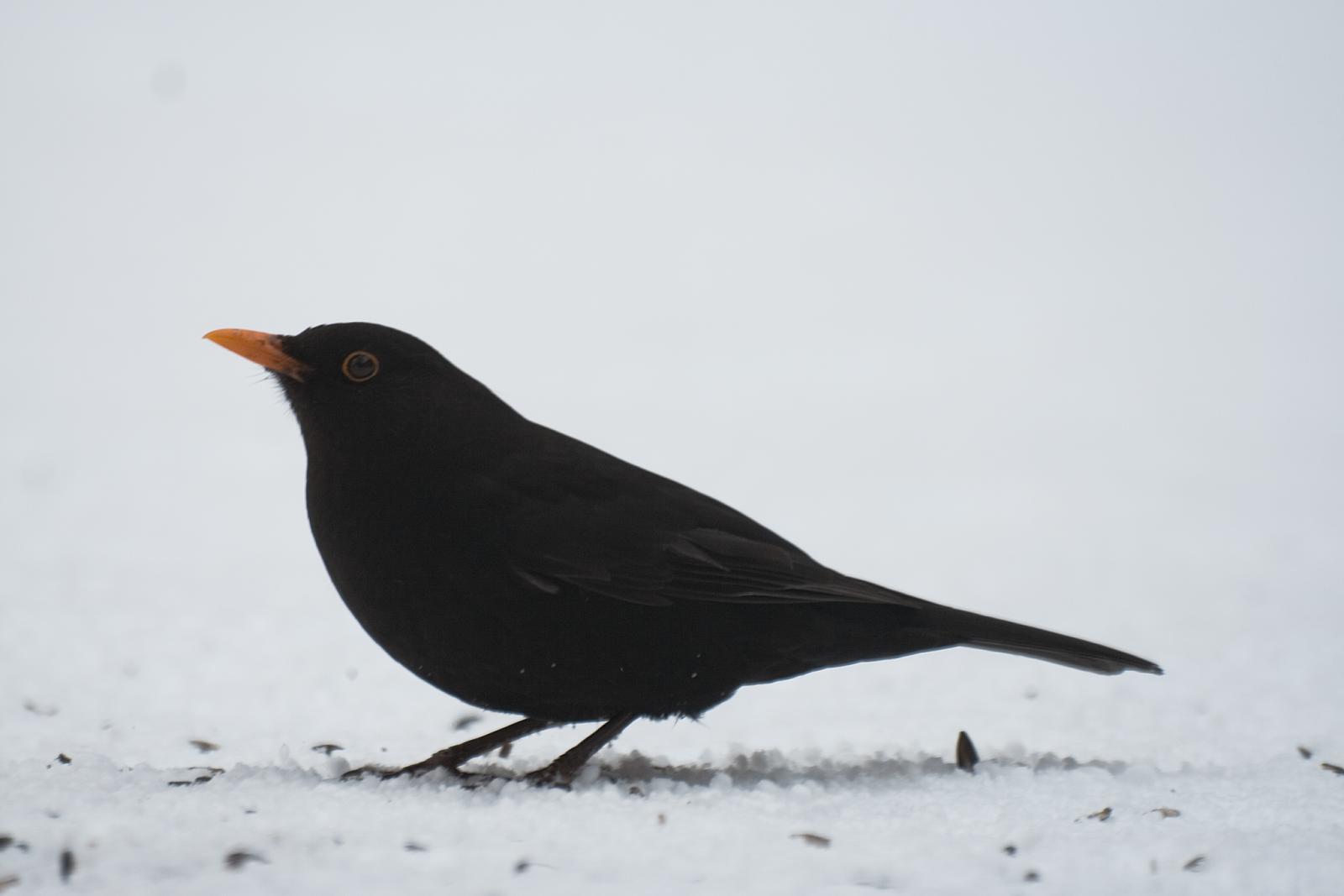 I was interested to read today about a new research project being undertaken, to investigate the psychological impacts of exposure to birdsong. In particular the project will look at how birdsong affects our psychological state, including its effect on mood, attention and sense of creativity.
I was interested to read today about a new research project being undertaken, to investigate the psychological impacts of exposure to birdsong. In particular the project will look at how birdsong affects our psychological state, including its effect on mood, attention and sense of creativity.
The research is being conducted as a joint collaboration between the University of Surrey, National Trust and Surrey Wildlife Trust. Researcher Eleanor Ratcliffe, highlighted that there was a real a lack of evidence on the effects of birdsong, stating:
"A great deal of anecdotal evidence suggests that we respond positively to birdsong. However, currently there is a lack of scientific research on the psychological effects of listening to birds."
You can find out more about the project here.
For me the sound of birdsong offers predominantly positive associations. Living in London, I’m now surrounded by a largely synthetic soundscape, which is strongly connected to the stresses and frustrations of city life (the daily commute, working long hours and a persistent sense of fatigue).
Living amongst this hubbub has unsurprisingly increased the value I attribute to natural soundscapes. Standing in binary opposition to the din of urban living, natural soundscapes offer potential for escape, not just from noise, but from all the negative associations paired with it.
It may be that natural sounds can help us escape from a chaotic lifestyle or at least provide a restorative effect from stress. Understanding the psychological impacts of birdsong will allow us to better understand how we respond to such sounds and perhaps learn more about this relationship. If birdsong really does improve our state of mind and / or sense of wellbeing then it could have real potential in it’s application as a therapeutic tool.
Birdsong as a therapeutic tool?
Back in April / May – I produced a radio piece which looked at the use of Birdsong in the healthcare environment. Alder Hey Children’s Hospital in Liverpool has been experimenting with the use of birdsong to improve the experiences of it’s young patients.
Installed in the central corridor is a sound installation playing the beautiful birdsong recordings made by Chris Watson and Alder Hey patients. These recordings are also used with patients during traumatic and painful procedures, often as a way of calming them down or taking their minds off the situation.
Speaking to the hospital’s Arts Coordinator Vicky Charnock, I found out that there was already tremendous anecdotal evidence in support of birdsong as a therapeutic tool. They were also interested in setting up some form of trial in which to test the potential therapeutic benefits of birdsong.
You can listen to and download the piece here:
http://soundcloud.com/eprosser/alder-heys-dawn-chorus
Weather, walks and slugs
The Trip
An experimental sound piece I produced from recordings made whilst on a trip to Wales.
The piece was inspired and recorded during some coastal hill walking with my parents, and is a response to the peaceful stillness experienced whilst high up on a hilltop - the serenity of which invoked a rather dream like quality and as we looked downwards into the valley, the houses, cars and distant objects came to look like 'toys'...
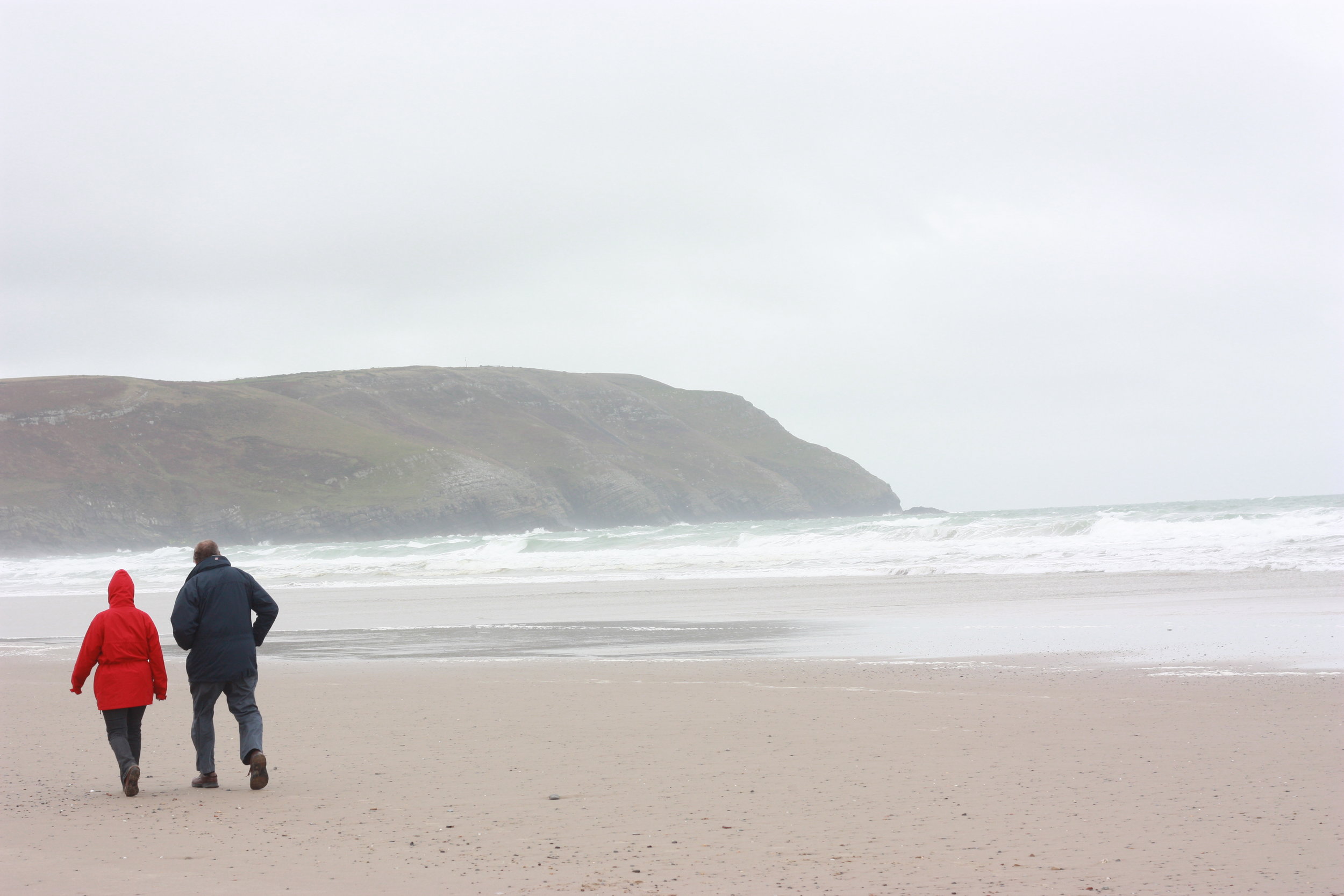
http://soundcloud.com/eprosser/the-trip
Three Dimensional Consciousness
Looking into the unconscious mind
Using a new imaging method scientists from the University of Manchester have constructed a three-dimensional sequence of the brain as it loses consciousness. The small study used a new technique called 'functional electrical impedance tomography of evoked response' (fEITER), which is basically a new way of measuring changes in the brain's electrical conductivity. This is useful because changes in electrical conductivity are believed to reflect changes in the brain's electrical activity and by knowing where abouts in the brain this activity is occurring, we can better understand how the brain operates under different conditions; in this case unconsciousness. What's great about this new method is that it has an extremely fast response, performing it's imaging process 100 times a second, allowing the team to monitor the brain's activity in real time!

The team used fEITER to scan the brains of 20 healthy volunteers as they were administered an anaesthetic and imaged changes in the brain's electrical conductivity as it moved from a conscious to an unconscious state. The team found that a loss in consciousness corresponded with changes in electrical activity deep within the brain. The findings support a theory proposed by Professor Susan Greenfield which suggests that consciousness is formed from the unhindered communication between groups of brain cells called 'neural assemblies'. The findings appear to show that when someone is anaesthetised, these small neural assemblies either work less well together or inhibit communication with other neural assemblies.
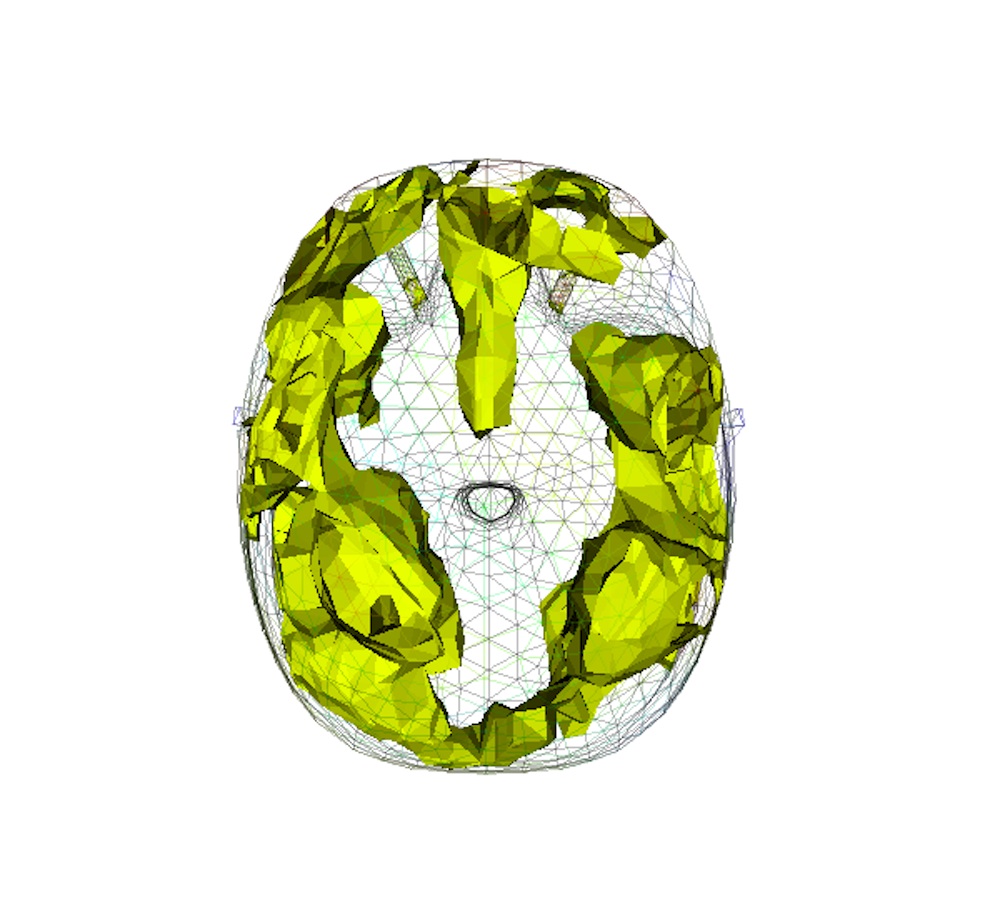
The use of fEITER is a great advance and a first for neuroimaging, allowing scientists to witness the brain's transition into unconsciousness in real-time. However there is still a lot of work to be done to understand exactly how and why the brain behaves differently in an unconscious state. The fEITER device used will also have a significant impact in many areas of medical imaging, but will be particularly useful in helping us understand anaesthesia, sedation and unconsciousness. Perhaps the most useful application of this device will be in diagnosing neuronal changes which occur in head injury, stroke and dementia patients.
You can watch a video of the fEITER scan here.
Painting with Video
Content is Queen
Below are two very novel and dynamic video portraits generated by artist Sergio Albiac. He has come to call the technique used to create these pieces 'generative video painting'.
http://vimeo.com/24065726
You can see in the movie above, that the portrait is constructed from a 'collage' of different video clips, similar (but wonderfully more complex) to the effect seen in a photo mosaic image.
Albiac describes that his technique...
“...uses regions of video content to effectively represent or “paint” heterogeneous regions of the image. Both the partial content of the videos and the whole image are fully visible at the same time, widening the possibilities to deliver meaning in a contemporary aesthetic language.”
The effect creates a duality in the work; presenting an un-synced mish-mash of partially visible video content which is used together to construct a more complete, unified form, in this case portraits of two very famous women.
http://vimeo.com/23974393
Putting the Higgs on paper
 Physicist Lily Asquith recently wrote an interesting and accessible piece on quarks, which was featured on Jon Butterworth's excellent Life and Physics blog. Included within the post was an interesting depiction of physicist Murray Gell-Mann, as provided by illustrator and artist Toya Walker. Toya also happens to be the individual behind the imaginative and colourful imagery associated with the LHCsound project – many of which are used to help explain some of the complex concepts behind the process of sonification and particle physics.
Physicist Lily Asquith recently wrote an interesting and accessible piece on quarks, which was featured on Jon Butterworth's excellent Life and Physics blog. Included within the post was an interesting depiction of physicist Murray Gell-Mann, as provided by illustrator and artist Toya Walker. Toya also happens to be the individual behind the imaginative and colourful imagery associated with the LHCsound project – many of which are used to help explain some of the complex concepts behind the process of sonification and particle physics.
When attempting to communicate complicated ideas and concepts we often turn to visual aids to help translate information into an easily digestible format. We perceive the world from a predominantly visual perspective, meaning that illustrations and diagrams are an often more effective mode of communication, especially when dealing with higher levels of complexity. For example, an annotated diagram of the heart is often much easier to understand than a detailed description of it's anatomy. However such 'diagrams' can be uninspiring and do little to engage with those not already interested or familiar with the subject concerned.
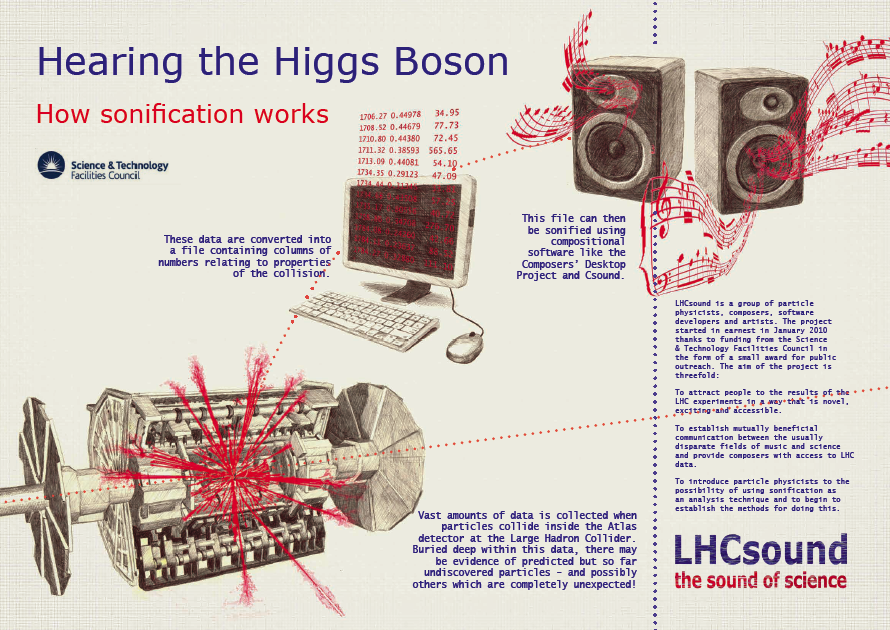
The use of visual metaphor and analogy can thus be very helpful in reaching out to a wider audience; for example one of Toya's images depicts the Higgs Boson as the ‘Golden Snitch’ (as found in Harry Potter) in a humorous and accessible reference to the elusive nature of the particle. As such visual imagery is tasked with the responsibility of translating specialist information into a language that is easily comprehendible but also appealing to non-specialist audiences. This is what I appreciate in Toya's work. Even in a project that is primarily concerned with conveying information through sound, there is still significant emphasis dedicated to the use of visual imagery to explain key concepts. As a result, the project opens up the Large Hadron Collider (and the excitement associated with it), to those who may have once been alienated by it's complexities (like me!).
I obviously really like the work Toya has produced for the project, so I got in touch with her to find out a little bit more about how she got involved and developed her illustrations. You can check out her website and blog to have a look at of her artwork, but in the mean time she was kind enough to answer some of my questions and provide some early sketches; you can read her responses below:
Do you have a background in science?
I always enjoyed science at school and took physics at A-level, but not beyond that.
How did you come to work on the LHCsound project?
I met the initiator of the project, physicist Dr. Lily Asquith. The project, of course, was fascinating but what really made me want to get involved was Lily’s passion for communicating the ideas of the project, and indeed the work going on at the LHC, with as large and diverse an audience as possible.

Did your perception and understanding of the LHC change as you developed this work?
Yes, definitely, I did quite a lot of reading to try and understand as fully as I could some of the concepts we were trying to communicate. Learning more really ignited my sense of wonder, its almost like magic, but real. I think physics is often seen as difficult and therefore dull, part of the reason for doing the project was to communicate how exciting it actually is.
A lot of the science and ideas associated with the LHC are quite abstract in nature; did this make it easier or more difficult to create a visual aesthetic?
A great deal of my working practice involves images drawn from observation so the abstract nature is definitely challenging, but in some ways liberating too. With the project, there were so many approaches that sprang to mind, the real difficulty was choosing a direction. I felt my role was to realize the artwork in the way Lily would visualize it, as she has a very unique and approachable way of talking about particle physics.
In one of your images you’ve depicted the Higgs Boson as the ‘Golden Snitch’ (from Harry Potter), what was the reason for this?

To add humour, I guess, and a reference that might communicate the idea of the search for the elusive Higgs in an accessible way.
Your work in this project has been important in helping to communicate complex ideas in a simpler manner – how do you think art and illustration can help communicate complex ideas and allow people to engage with them?
I think its fundamental, particularly if the goal is to communicate to as large an audience as possible. I’m involved in education work, including the Picture It project run by The House of Illustration. The aim of the project is to use illustration as a learning tool in the classroom for cross-curricular benefit. They’ve done some wonderful work including sessions where primary school children made their own books, with every page showing a different stage of the process of a volcano erupting. Or secondary students used collage to show the effects of different forces. I think it’s such a brilliant and effective way of learning.
In science information is often communicated graphically in visual form. Scientists would often see this as an objective representation of information – but as an artist do you think such representation can take on an additional expressive form?
I find data visualization really interesting and I often look at the work at http://www.informationisbeautiful.net/. There are brilliant ways of communicating vast amounts of information. None of the imagery made for LHCsound was trying to communicate data, just ideas and we definitely made a conscious effort to develop the pictures in a different way, or a style not traditionally associated with science textbooks for instance.
Toya Walker is an illustrator and artist who lives and works in South London. A graduate of Edinburgh College of Art she has an eclectic approach to image making but drawing and painting form the basis for all her work. Her illustrations have been used by The Viral Factory, Atlantic Records and the LHCsound project and work has been shortlisted for The Jerwood Drawing Prize, The Dulwich Picture Gallery Summer Exhibition and The Mall Galleries Royal Society shows.
Playing in the Key of Science
An Interview With Jeff Oster
After discovering the LHC sound project last year I've been on the look out for artists who have taken these sounds and used them to make music. So recently I was very excited when I came across a track called "Particles of God" because not only did it feature these bizarre and abstract sounds but it also sounded awesome!
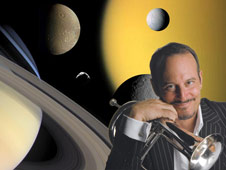
The man behind the track is Jeff Oster, an American trumpet/flugelhorn player whose work frequently crosses over into electronic and ambient terrain. After hearing this track I delved deeper and found that this was not the first piece Jeff had created using audio samples from scientific sources. On another track entitled “Saturn Calling” he had sampled the eerie sounds of Saturn’s auroras (as captured by the NASA Cassini spacecraft) and it won him the ‘Best New Age Song’ at the 2008 Independent Music Awards.
I decided to get in touch with Jeff to find out a little bit more about how these cosmological and subatomic soundscapes had been influencing his work...
What was the inspiration behind these tracks? (Saturn Calling & Particles of God)
"I have always been interested in the cosmos, space exploration and mankind's need to reach beyond this world. From watching the mars rovers landing on mars via NASA TV, or the space shuttle launches, even back to Apollo and the moon missions, I have always been amazed at what these scientists have accomplished.
I am always searching for new sounds as i create my music. For "Saturn Calling", I was working on the music for a song, and had been watching the Cassini mission, and its amazing pictures of Saturn and its moons. The name of the song at that point was "Sounds of Saturn", and I just typed that phrase into Google. Lo and behold, up came the recording of the auroras of Saturn, and I incorporated them into the song.
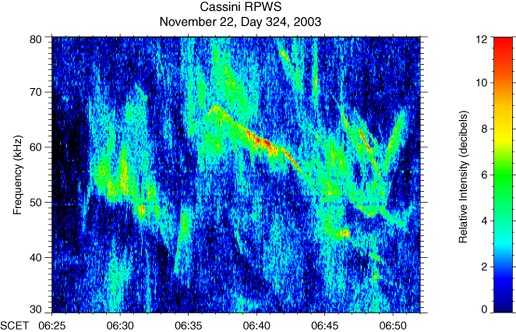
One of the best things that has come from that music has been the way NASA and JPL [Jet Propulsion Laboratory] have embraced it - they currently host a feature on the song on the NASA and JPL websites, and I was invited to perform the song at the Cassini "end of prime" celebration at JPL in 2009, for the scientists that worked to make that mission a success. It was quite moving, to be able to stand in front of these amazing scientists who make the seemingly impossible a reality.
The inspiration for 'Particles of God" came from an article I was reading about the Large Hadron Collider, and of the way they are trying to capture the decay of the subatomic particles in sound. Since they can’t take a picture of these events (no camera can shoot that fast). They had posted some of these sounds, and I was inspired to choose a few of them and incorporate them into a new song, to which I added some beats and my trumpet using Apple's Garageband program.
As it turned out, the scientists involved with these sounds (found here) were open to hearing music made from these sounds, so that’s how it came into the world. You gotta love the www...."
How did the sounds influence the way in which you composed the tracks?
"The way I create my songs is very much the way a painter paints a picture. Sounds are the colors on the palette, and I spend a lot of time building the bed tracks, mixing sound together and feeling which fit together best. In the case of "Saturn Calling", I had a lot of the track already created, and the "wind" sound that the auroras made was a wonderful addition to the already created track.
That track was inspired by the Cassini program, and it was a lovely accident that these sounds added so much to the song. The fact that NASA and JPL took such a keen interest in the music because of those sounds was just the icing on the cake.
"Particles of God" was a bit more intentional - I chose the sounds I thought would work well in a song from the various sounds they have posted, and then built the music around them. These sounds actually have tone to them, so that drove the choice of instrumentation and then I added the beats, and of course the horn part. I usually create the horn part last, after the bed track has been established."
When you heard the sounds of the Large Hadron Collider what went through your mind – how did they make you feel?
"The concept of the work is brilliant. It’s almost the opposite of reaching out into the universe in search of the unknown - it’s reaching in with the same goal - discovery of the unknown (or the search for what we think can be known)
It is amazing that sound can be used in an attempt to "see" these particles. For me, sound has always represented the embodiment of our inner selves, and it’s no accident that sound will be the tool to represent the smallest most fundamental particles of matter.
The feeling around the sounds is always a subjective thing - what's beautiful to me might not be so for someone else. When I create music, first and foremost I please myself. If I love it, then that’s all that matters. The world will come to its own conclusion!"

Writing a song inspired by particle physics is slightly different to say writing a piece inspired by love or a romantic relationship – do you think a track like “Particles of God” can still have a similar emotive impact on the listener?
"I think that there’s a "coolness factor" in this song, partially because it actually includes these sounds. Songs resonate emotionally with the listener for various reasons, and in this case, the basics of song structure still need to be there. A cool beat, some kind of melody, a certain overall experience of the music as a song has to be there, some familiarity. Just the random collection of the sounds wouldn’t have the same level of impact on the listener in my opinion."
Do you think science can be emotive or invoke emotion in others? – Should scientists be encouraged to share their passion with non-scientists / members of the public?
"Scientists need to know how important their work is, and the impact that it has on the layman. I was a science major in school before I turned to music, and I spent many hours in the lab, taking notes, running experiments, creating research papers and helping with presentations of the findings. It is very meticulous work, and it is very easy to get lost in the work itself.
One of the most moving aspects of my performance at JPL was when I was able to speak to the scientists assembled there. I told them that the impact of their work was massive, the inspiration for some little kid that experiences the results of their very technical work (it is rocket science after all) is an emotional one, not cerebral.
Every scientist needs to remember that there is a real world emotional impact in what they are doing - that science reveals deep truths that resonate in all of us. It is noble work"
Do you think music and art are an effective way of sharing some of the excitement and wonder in science to an audience who might otherwise not be interested?
"I think that it is the bridge between the brain and the soul."
Do you think it’s beneficial for scientists to work with artists; or do you think they should be left to get on with their work?
"It takes a special scientist, and a special artist, to bridge the gap between those worlds. It is very easy to get lost in the specifics of each environment, and they sometimes seem mutually exclusive.
And yet, both are involved in creating something out of nothing, aren’t they?
Music is "captured", and turned into song. Science takes a hypothesis, and endeavours to prove it, for all of us to taste, feel, see, hear, touch. They both make the unreal real, and that commonality can only lead to greater knowledge and understanding.
That’s what we all want, isn’t it..."
If you could pick one sound which represented something in the scientific world that has inspired or interested you what would it be and why?
"When the SETI project picks up the sound of another world, that will truly be inspirational. I tend to be inspired by the sounds in the world - water, animal sounds, a child laughing. And of course, the sound of a well played horn :)
The scientific world is really the exploration of the entire world, and beyond. And what we discover will forever be inspirational to me.
Onward!!!"
--
Jeff's is currently putting the finishing touches on his latest album 'Surrender' which will be released later this year - check out his website for more information!
You can check out 'Saturn Calling' here and I highly recommend listening to the original NASA recordings here.
Music to smash atoms to
Kate Simko’s ‘Music from the Atom Smashers' (2009) is a beautiful and serene collection of tracks made as the soundtrack for the documentary ‘The Atom Smashers’ Simko is an American born electronic producer and DJ, who produces an interesting and subtle blend of techno; her classical piano training is certainly evident in the wonderfully rich and melodic textures of her work.
If you have spotify you can check out Music from the Atom Smashers here:
Kate Simko – Music from the Atom Smashers
If you want to listen to her most recent work, check out her Myspace
[youtube=http://www.youtube.com/watch?v=Qa-ypx_wUms]
The film itself details three years at the American Fermilab, examining the concerns arising from the fact that it is often politicians, not scientists, who decide upon the future and value of science within society.














